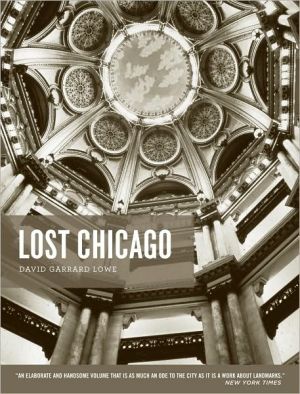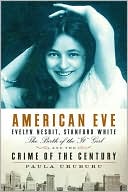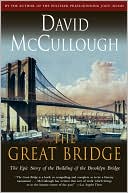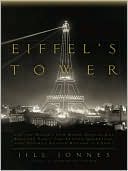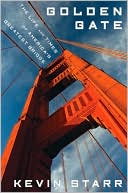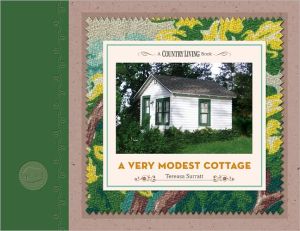Lost Chicago
\ The City of Big Shoulders has always been our most quintessentially American—and world-class—architectural metropolis. In the wake of the Great Fire of 1871, a great building boom—still the largest in the history of the nation—introduced the first modern skyscrapers to the Chicago skyline and began what would become a legacy of diverse, influential, and iconoclastic contributions to the city’s built environment. Though this trend continued well into the twentieth century, sour city...
Search in google:
These dazzling, poignant pages recreate the magical built environment that thrilled generations of Chicago residents and visitors alike before falling victim to the wrecking ball of "progress." Here are the grand residences and hotels, opulent theaters, legendary trains, and state-of-the-art office buildings and department stores-including the world's first skyscraper. Here too are the famous convention halls, parks, and racetracks of a great American city whose architectural treasures have been, and continue to be, recklessly squandered. Rare photographs and prints, many of them published here for the first time, document the transformative architectural achievements of such giants as Dankmar Adler, Louis Sullivan, John Wellburn Root, Daniel Burnham, William Holabird, and Frank Lloyd Wright. But this remarkable book is much more than a portfolio of now-vanished buildings; within its pages are evocative thumbnail sketches of scores of Chicago personalities, from the world-famous (Abraham Lincoln, Theodore Dreiser, Clarence Darrow, Ben Hecht, Jane Addams, Cyrus McCormick, George Pullman, and Gustavus Swift, to name just a few) to the locally notorious. About The Author David Garrard Lowe, the author of Stanford White's New York, Beaux Arts New York, and Art Deco New York (to be published by Watson-Guptill in 2001), lectures frequently at the Smithsonian in Washington, the American Academy in Rome, and The Metropolitan Museum of Art in his home city, New York.New York Times “An elaborate and handsome volume that is as much an ode to the city as it is a work about landmarks and their role in the urban fabric." — Paul Goldberger
Preface to the 2010 EditionPreface to the first editionI The Island Building for a City II Time of the Temple Residences Great Houses Small Houses Apartments III The Rails Reach Out The Age of the Iron Horse The Stations The Trains The Kingdom of Pullman IV Queen of the Lakes The Living City Bunting and Arches Places of Worship Pleasures of Parks Streets for People V The Great Fire A City in Ruins VI A Phoenix Rising Grand Hotels VII An Architecture for a Democracy American Metropolis Monuments of Commerce The Auditorium The Stock Exchange Skyscrapers VIII Dreams of Empire The Fairs The Columbian Exposition 1893 A Century of Progress 1933 IX Where is Athens Now? Places of Entertainment Theaters Dining and Dancing Movie Palaces X Bad Times, Good Times
\ New York Times“An elaborate and handsome volume that is as much an ode to the city as it is a work about landmarks and their role in the urban fabric."\ — Paul Goldberger\ \ \ \ \ \ New York Times Book Review“Lost Chicago is more than just another coffee table gift, more than merely a history of the city’s architecture; it is a history of the whole city as a cultural creation.”\ — Mark Smith\ \ \ \ Newsweek"Lowe's book excels on its visual ground: page after page of gilded hotels, lovely parks, grand mansions and smashing restaurants, all vanished. . . . But there is more here than simple nostalgia, reinforced by mouth-watering photographs. There is also the real story of Chicago architecture, very different from the one we have been fed in textbooks and college survey courses."—Newsweek\ — Douglas Davis\ \ \ \ \ \ New York Times Book Review“Lost Chicago is more than just another coffee table gift, more than merely a history of the city’s architecture; it is a history of the whole city as a cultural creation.”\ \ \ \ \ Newsweek"Lowe's book excels on its visual ground: page after page of gilded hotels, lovely parks, grand mansions and smashing restaurants, all vanished. . . . But there is more here than simple nostalgia, reinforced by mouth-watering photographs. There is also the real story of Chicago architecture, very different from the one we have been fed in textbooks and college survey courses."—Newsweek\ \ \ \ \ New York Times Book Review“Lost Chicago is more than just another coffee table gift, more than merely a history of the city’s architecture; it is a history of the whole city as a cultural creation.”—New York Times Book Review\ — Mark Smith\ \ \ \ \ \ Library JournalLowe's evangelistic eulogy of Chicago's destroyed architecture was a rallying cry for historic preservationists when it appeared in 1975, and it remains an icon to the movement. In the preface to this new edition, Lowe laments that, sadly, further demolition of Chicago's built heritage warrants a recapitulation. Additions include newly discovered illustrations of earlier losses as well as images of more recent ones, textual revisions (particularly regarding captions), and a final chapter that brings the work to the present. The vanished glories of Chicago residences, railways, hotels, commercial buildings, and entertainment palaces are thematically and chronologically exposed, along with a great deal of city history. Lowe is a rousing polemicist, and the photographs are wrenching. Readers today will be moved, as they first were a quarter of a century ago, by this documentary of the Windy City's ransacking. Strongly recommended for architecture, urbanism, and preservation collections, including those holding the original edition, which could likely use a facelift.--Russell T. Clement, Northwestern Univ. Lib., Evanston, IL Copyright 2000 Cahners Business Information.\ \ \ \ \ From The CriticsIn Lost Chicago, historian David Lowe explores the architectural and cultural history of America's great "heartland" city. This is a community who architectural heritage was all to often squandered during the last five decades of its growth and evolution. Lowe's elegant, and informative text is wonderfully enhanced with more than 270 rare, period photos and prints (many of them published here for the first time). Lost Chicago is a celebration of the age of Gustavus Swift and Philip D. Armour and the greatest stockyards in the world; when Cyrus McCormick, Potter Palmer, George Pullman, and Marshall Field were the national barons of business and industry; when Prairie Avenue and State streets rivaled New York's Fifth Avenue; when architectural giants ranging from Louis Sullivan to Frank Lloyd Wright were designing buildings of incomparable excellence and innovation. Lost Chicago is a "must" for students of Chicago history, architecture, and personalities.\ \
